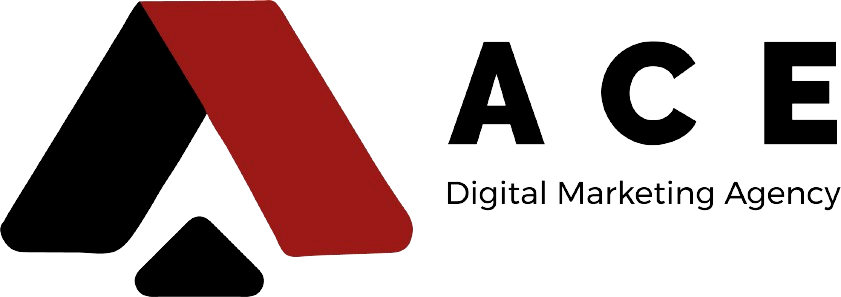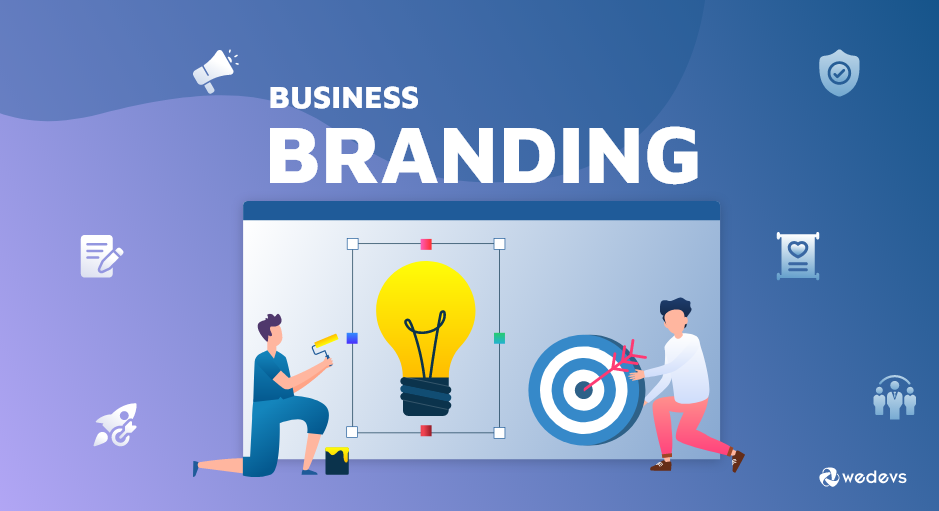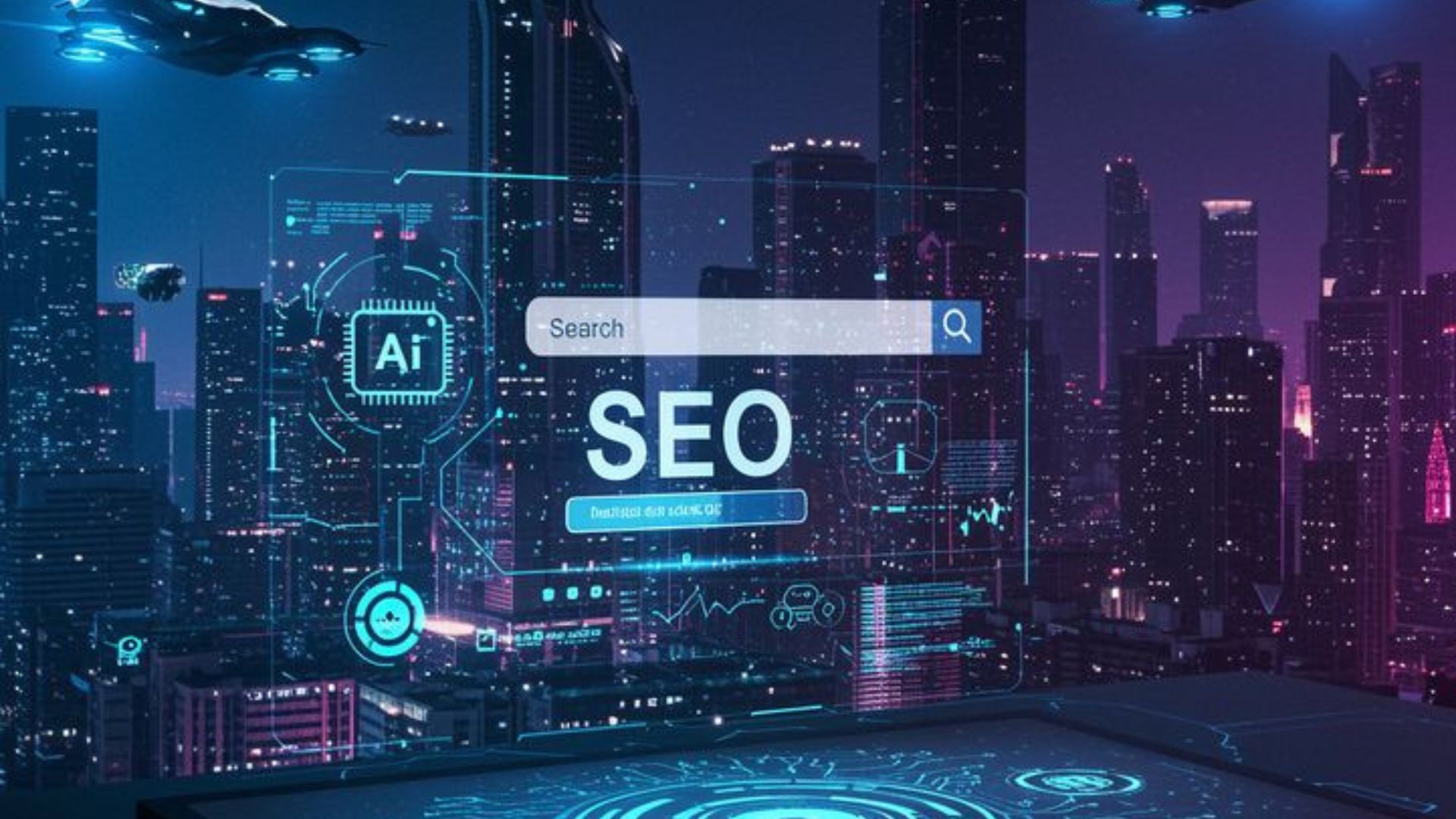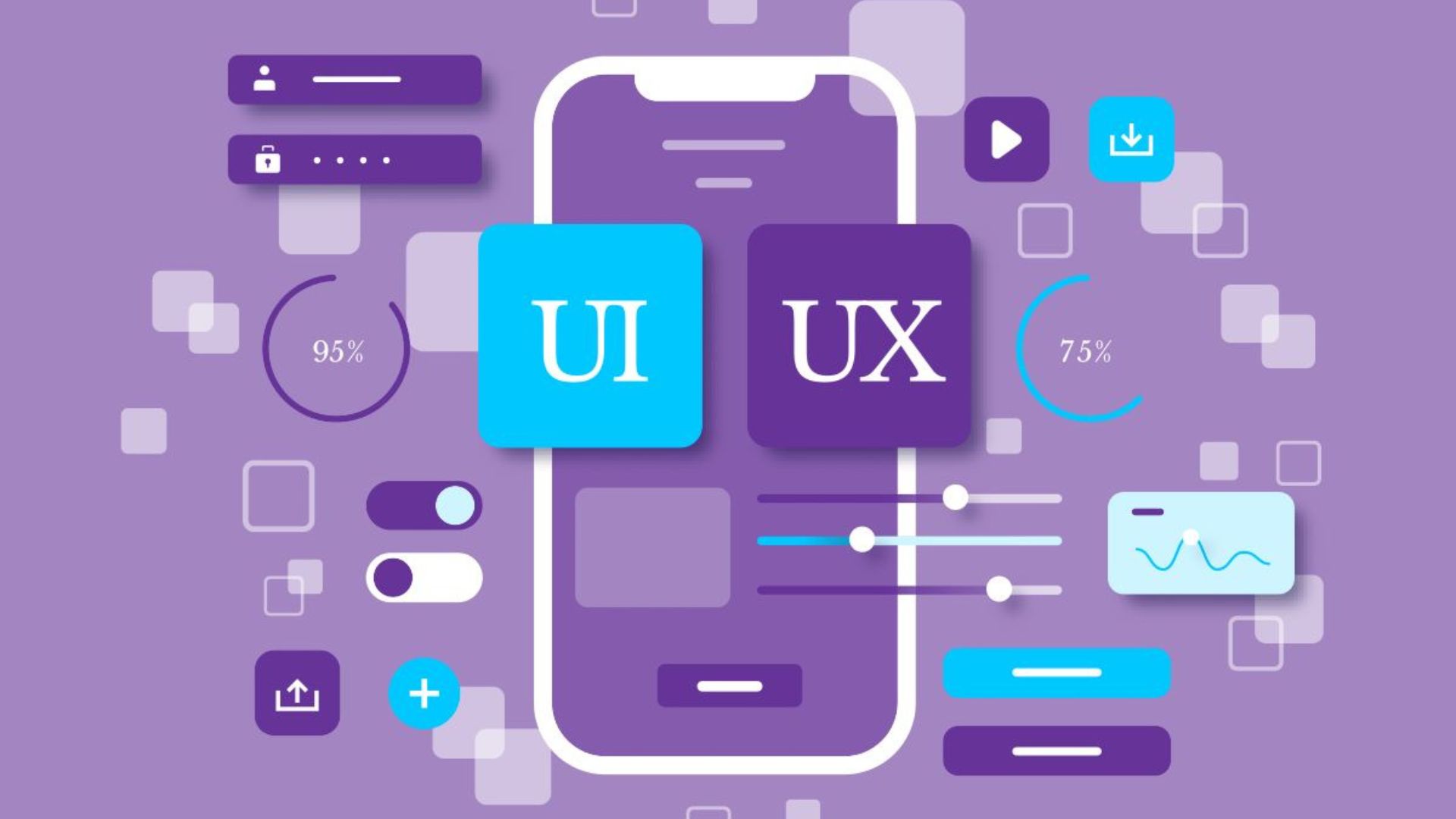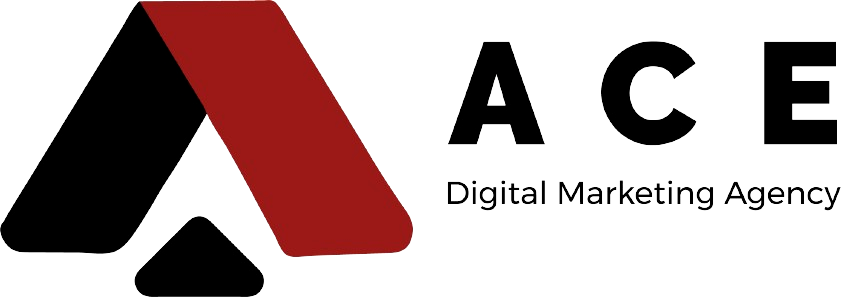Brand success is no longer solely dependent on product quality or excellent service. A strong brand leaves a lasting impression on customers, attracting them to return. One of the fundamental factors in building a successful brand is creating a distinctive brand identity, which serves as the core element that reflects the brand’s personality and reinforces its image in customers’ minds. To achieve a successful brand, you can seek assistance from specialized digital marketing agencies that offer brand identity design services.
What is Brand Identity Design, and Why is It Important for Business Success?
Brand identity design involves creating visual elements that represent the brand’s personality. These elements may include logos, colors, typography, and other components that make the brand recognizable and distinct. A strong brand identity plays a crucial role in business success, especially in industries where companies offer similar products. A well-designed brand identity can be the defining factor that differentiates a standout company from a generic one. Additionally, a strong identity conveys professionalism, enhances brand loyalty, and fosters a deeper emotional connection between customers and the brand.
Elements of a Professional Brand Identity Design
Designing a brand identity involves several essential elements, including:
Logo Design and Brand Elements
The logo is the most recognizable part of a brand identity, and it should be designed based on specific criteria:
- Simplicity – It should be easy to remember.
- Uniqueness – The logo must be distinctive and reflect the brand’s personality.
- Flexibility – It should be adaptable to different sizes and platforms.
Other brand elements include:
- Icons – Visual symbols that reinforce the brand identity.
- Patterns – Designs that create a cohesive visual experience.
Choosing Colors, Typography, and Visual Arrangements
Selecting colors, typography, and visual elements must be done carefully, as each has a specific meaning:
- Blue signifies trust and professionalism.
- Red represents energy and grabs attention.
- Green conveys a sense of nature and sustainability.
As for typography:
- Classic fonts reflect professionalism and seriousness.
- Modern fonts evoke creativity and innovation.
For visual consistency, it’s essential to use cohesive patterns and ensure all elements are well-balanced.
Print Materials and Marketing Assets
This phase involves designing key marketing materials such as:
- Business cards – Including contact details and the website, reflecting the brand’s professionalism and making communication easier.
- Invoices – Strengthening customer trust in the brand.
- Packaging – Playing a crucial role in making the product more appealing.
Digital Identity and Online Presence
A strong brand identity must be reflected in digital elements, including:
- The brand’s website – Showcasing visual identity while allowing customers to browse products and services easily.
- Social media platforms – Enhancing brand presence through engaging posts and well-designed cover images.
Steps to Creating a Complete Brand Identity
Designing a brand identity follows several steps:
- Market and Competitor Analysis – Studying competitors and identifying market gaps and opportunities.
- Defining the Target Audience – Understanding potential customers and what attracts them.
- Establishing Brand Vision and Mission – Clearly defining what the brand represents and its core values.
- Designing the Logo and Visual Elements – Creating a logo and selecting the appropriate colors and fonts.
- Developing Marketing Materials – Designing both print and digital branding assets.
- Implementing the Identity Strategy – Applying the brand identity across all customer interaction points.
The Difference Between Visual Identity and Branding
Brand identity is a part of branding, but they are not the same:
- Visual identity consists of elements like the logo and colors.
- Branding encompasses the visual identity along with the brand’s message, reputation, and values followed by the team and stakeholders.
How Does Brand Identity Influence Customer Loyalty?
A strong brand identity helps build a strong relationship between the brand and customers. It enhances trust, encourages customers to choose the brand over competitors, increases engagement, and fosters long-term loyalty by creating an emotional connection.
Common Mistakes to Avoid in Brand Identity Design
When designing a brand identity, avoiding common mistakes is crucial to prevent negative consequences. The most common errors include:
- Imitation – Avoid copying other brands’ identities.
- Complexity – Choose simple and effective designs.
- Lack of Consistency – Ensure a uniform identity across all platforms.
- Ignoring Customer Preferences – Design the brand identity according to the target audience’s preferences to attract a larger customer base.
Frequently Asked Questions About Brand Identity Design
One of the most common questions regarding brand identity design is its cost. Prices vary between agencies, but you should choose one that meets your requirements while offering competitive rates. One of the best agencies in this field is ACE Agency, which has over ten years of experience.
Our Services: High-Quality, Integrated Brand Identity Design
We offer diverse branding & digital marketing services, providing high-quality brand identity designs created by a team of expert designers known for their creativity and innovation. Our process follows structured steps, from analyzing user behavior and preferences to ensuring color and typography consistency. Our goal is to create a unique and engaging brand identity that attracts a large audience.
Contact Us Now to Create a Unique Brand Identity for Your Business
Don’t let your brand get lost in the crowded marketplace. contact us today to design a strong brand identity that reflects your business personality and attracts your target customers. With our extensive experience and creativity, we will help you build an unforgettable brand.
